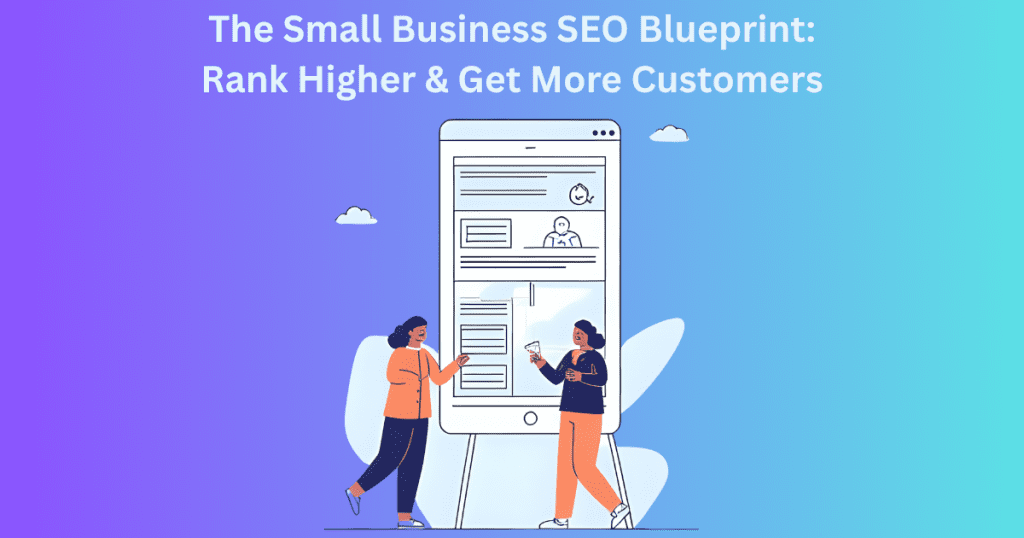
Every day your site doesn’t rank, you’re losing potential customers to competitors. They’re getting the calls, the emails, the sales – while you wonder why your phone stays silent. The worst part? Many businesses waste money on ads when free organic traffic from Google could be working for them 24/7.
This blueprint cuts through the confusion. No tech speak, no vague advice – just clear, actionable steps to help your business:
• Appear higher in search results
• Attract ready-to-buy customers
• Outrank competitors (even with a small budget)
• Track what’s working and fix what’s not
SEO isn’t magic – it’s a system. And this is your simple guide to making it work. Let’s get your business the visibility it deserves.
Table of Contents
1. Why SEO Matters for Small Businesses (Even Local Ones!)
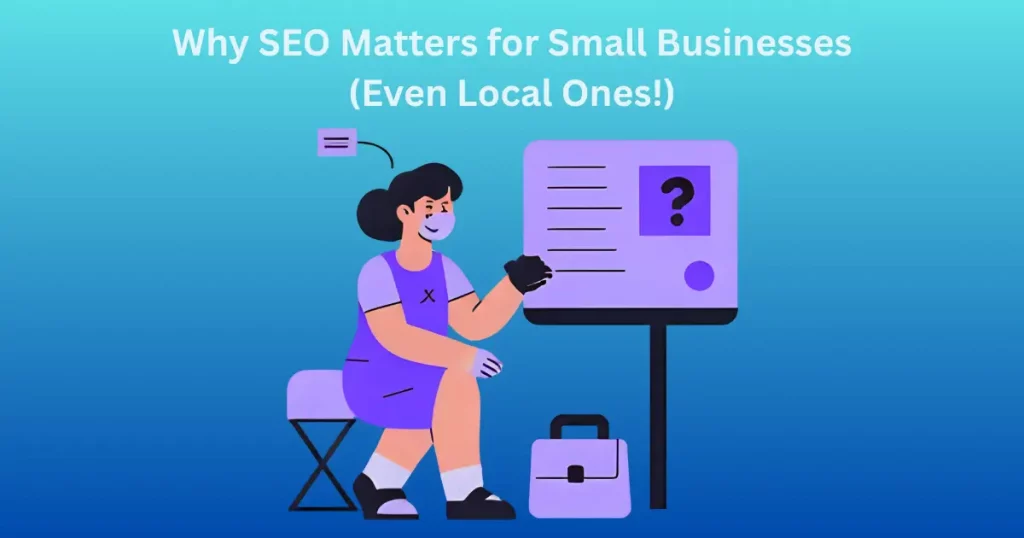
SEO is your secret weapon for getting found online without paying for ads. When someone searches “best plumber near me” or “affordable bakery in [your city],” you want your business to show up first. Good SEO puts your website in front of people who are already looking for what you offer. The best part? Unlike ads that stop working when you stop paying, SEO keeps bringing in free traffic month after month. Even local businesses benefit because 46% of all Google searches are for local information. Whether you run a coffee shop, hair salon, or accounting firm, SEO helps customers find you when they’re ready to buy.
2. How Google Works (And What It Wants from Your Site)
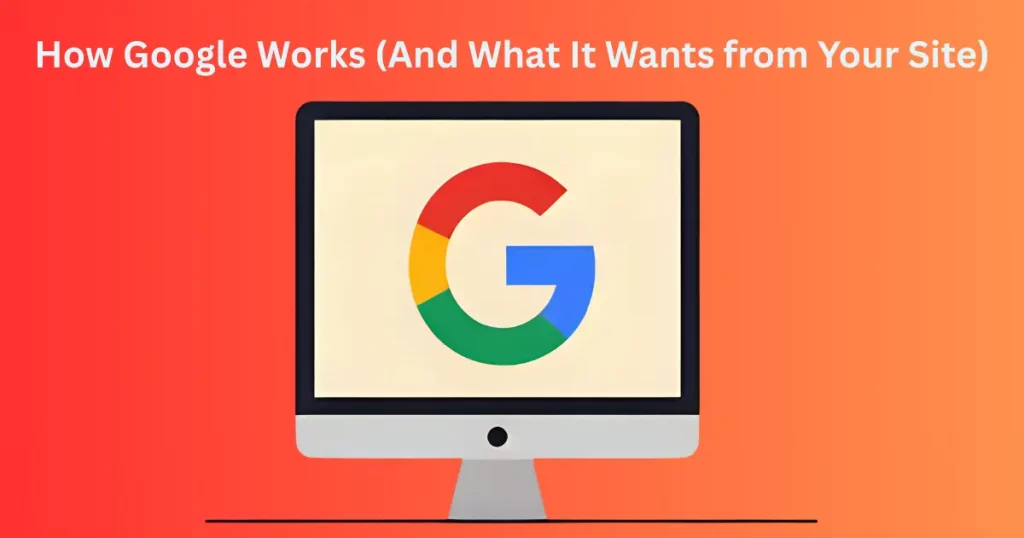
Google wants to show the most helpful results for every search. It looks at three main things: Expertise (does your content know its stuff?), Experience (do real people run your business?), Authoritativeness (do others trust you?), and Trustworthiness (is your site safe?). Google also checks if your site loads fast, works on phones, and gives visitors what they need. The easier your site is to use, the higher it ranks. Think of Google like a librarian – it tries to match each search with the perfect “book” (your website). Your job is to make your site the obvious choice.
3. Keyword Research Made Easy (No Paid Tools Needed!)
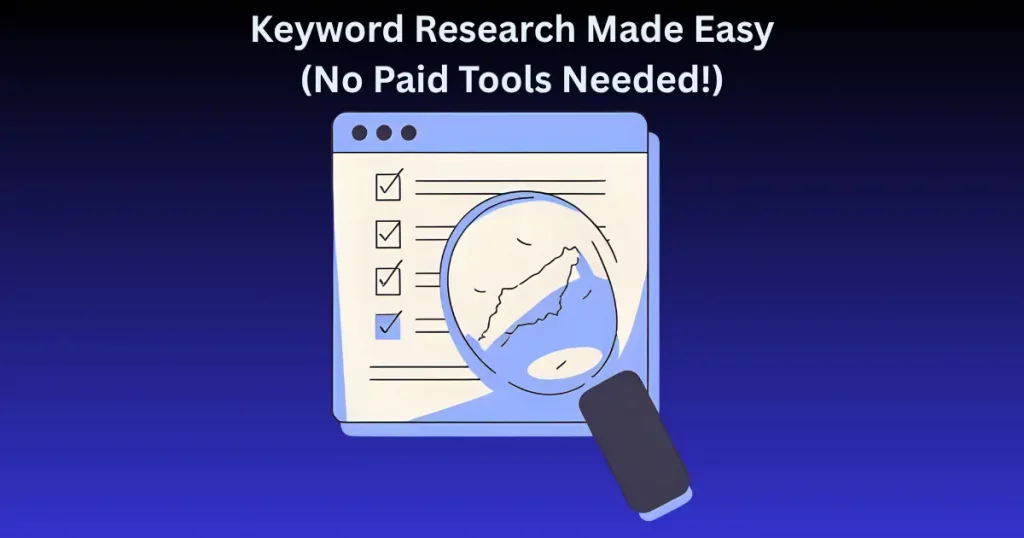
Keywords are simply the words people type into Google. To find them, start with Google’s own suggestions – type your main service into the search bar and see what auto-completes. Scroll to the bottom of the results page for “related searches.” AnswerThePublic.com shows real questions people ask about your business. For local keywords, add your city name (“dentist in Chicago”). Write down these phrases and use them naturally in your website content. Focus on phrases with 100-1,000 monthly searches – big enough to matter but small enough to actually rank for. This free method works just as well as paid tools for most small businesses.
4. On-Page SEO: Optimize Your Content Like a Pro

Every page on your site needs three key elements: A clear title (under 60 characters) with your main keyword, helpful subheadings (H2 tags) that break up text, and content that answers common questions. Use your keyword naturally 2-3 times in the page, but don’t stuff it. Add alt text to images describing what’s shown (“blueberry muffins on display” not “IMG_329”). Internal links to other pages on your site help Google understand your content. Keep sentences short and paragraphs under 3 lines. This makes your content easy to read and helps it rank better.
5. Local SEO Secrets: Dominate Google Maps & “Near Me” Searches
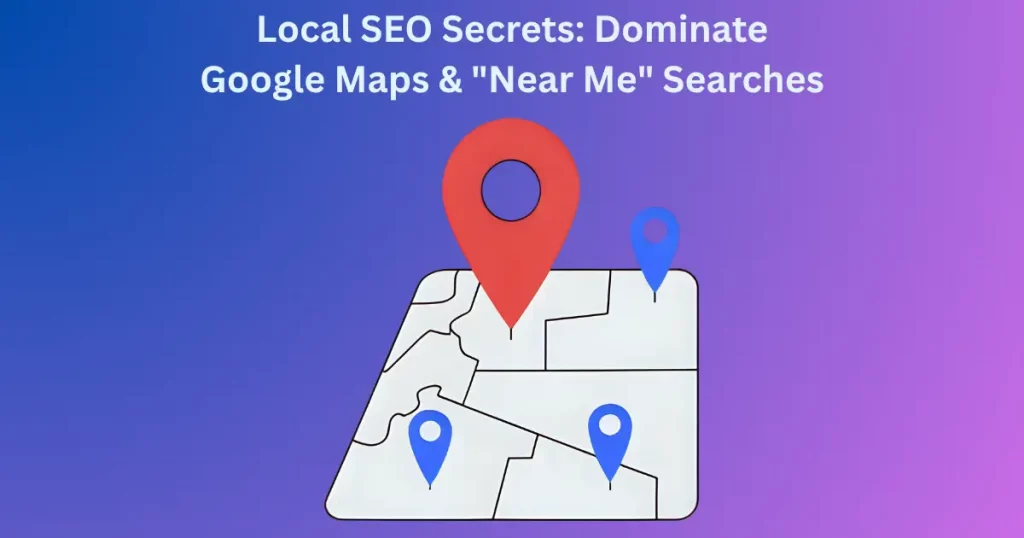
Claim and optimize your Google My Business profile completely – this is crucial for local rankings. Add photos, your hours, services, and respond to all reviews. Make sure your business name, address, and phone number (NAP) match exactly across all websites. Get listed on local directories like Yelp and Chamber of Commerce sites. Encourage happy customers to leave reviews with specific keywords (“great emergency plumber service”). Use location pages if you serve multiple areas (“Electrician in Dallas” + “Electrician in Fort Worth”). These simple steps help you show up when people search with “near me.”
6. Technical SEO Fixes (That Won’t Melt Your Brain)
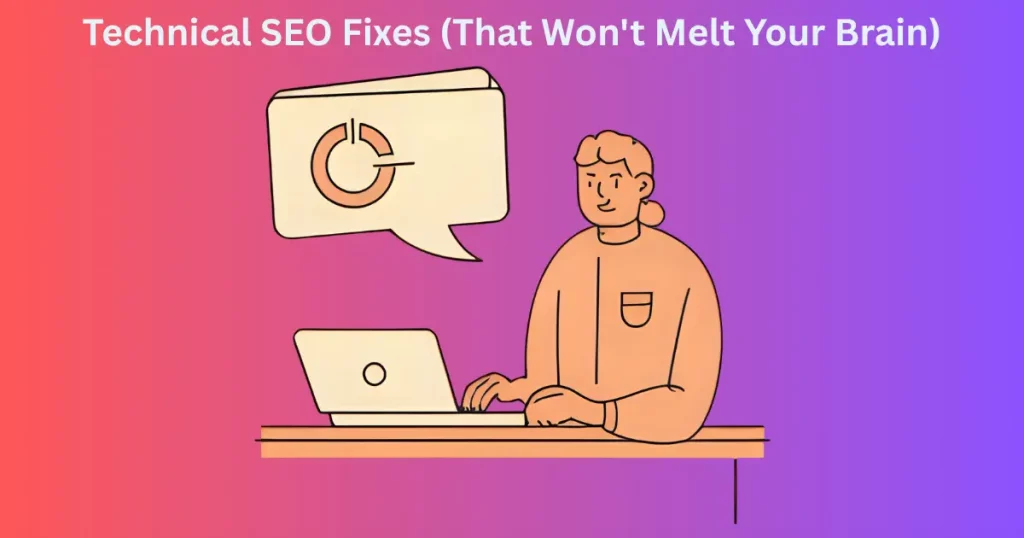
Use Google’s Mobile-Friendly Test to check if your site works well on phones. Fix any errors it finds. Install a caching plugin (like WP Rocket) to speed up load times. Create an XML sitemap (most SEO plugins do this automatically) and submit it to Google Search Console. Fix broken links with a free tool like Broken Link Checker. Use simple URLs (/services/ not /page123?id=45). These behind-the-scenes tweaks help Google crawl and understand your site better, which improves rankings.
7. Link Building Without the Stress
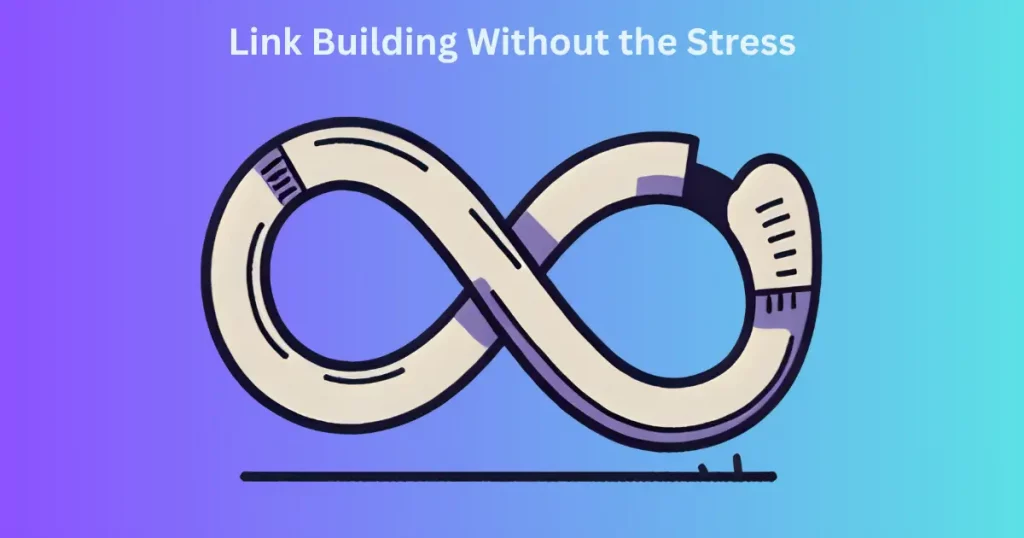
Good links from other websites act like votes for your site. Start by listing your business on local directories (Chamber of Commerce, industry associations). Offer to write guest posts for local blogs or newspapers in exchange for a link. Create shareable content like “Ultimate Guide to [Your Service]” that others will naturally link to. Sponsor local events and get listed on their website. Never buy links – Google penalizes this. Focus on getting a few quality links from relevant sites rather than hundreds of spammy ones.
8. How to Track Your SEO Progress (And Fix What’s Broken)
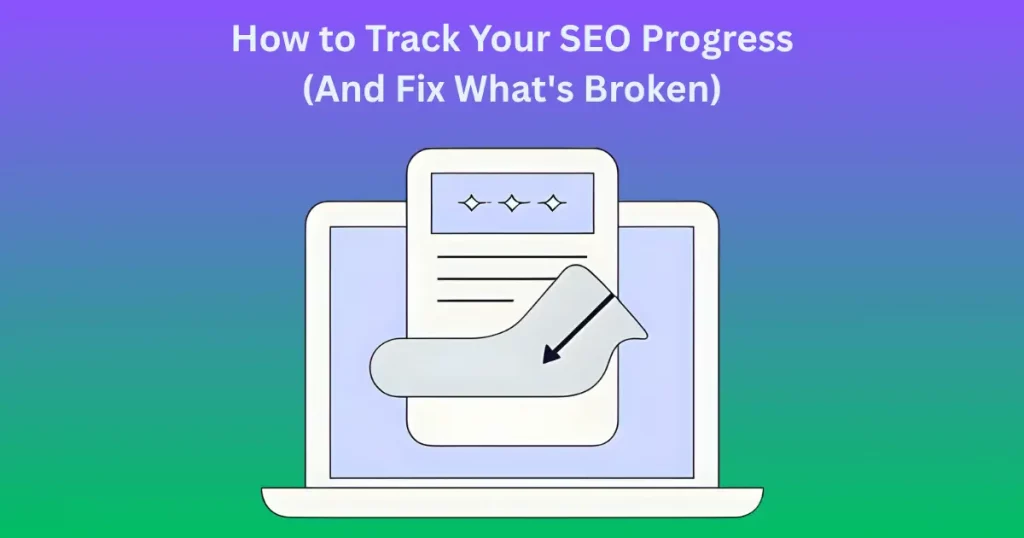
Google Search Console (free) shows which keywords already bring people to your site and which pages have errors. Google Analytics tracks how many visitors you get and what they do on your site. Use a rank tracker like Ubersuggest (free version available) to see if your keywords are moving up. Check these monthly – if a page drops in rankings, update the content with fresh information. If traffic increases for certain keywords, create more content around those topics. Small, regular improvements work better than occasional big changes.
9. SEO Maintenance: Keep Your Rankings Growing
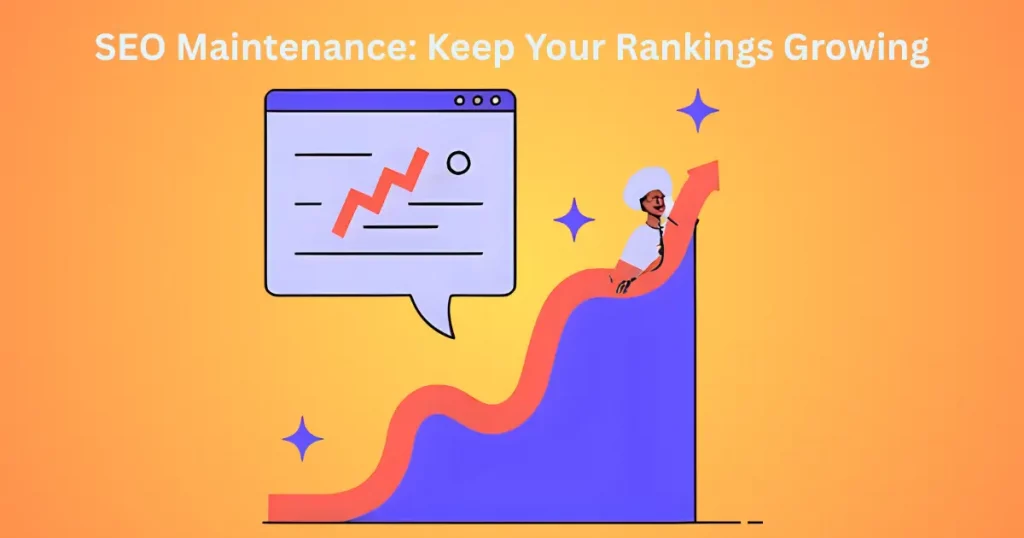
Set a monthly SEO routine: Update old blog posts with new information, check for broken links, add new testimonials to your site, and publish at least one new piece of content. Monitor your Google My Business insights and respond to all new reviews. Check your top competitors – if they add new services or content, consider doing the same. SEO isn’t “set it and forget it” – but spending just 2-3 hours per month on maintenance keeps your rankings growing. The businesses that consistently show up are the ones that consistently work on their SEO.
Final Thoughts: Your SEO Journey Starts Now
You’ve got the roadmap – the only thing left is to take that first step. Remember, every big-name business in your industry started exactly where you are right now. The difference? They took action while others just kept wishing for better results.
SEO success isn’t about doing everything perfectly today. It’s about making steady progress. Maybe this week you’ll optimize your Google My Business profile. Next week you’ll fix those technical issues. The week after, you’ll create that amazing piece of content that starts attracting links naturally.
The strategies in this guide work – I’ve seen them transform businesses just like yours. But they can’t help if they stay on this page. Your future customers are searching right now. Will they find you or your competitor?
If you hit a snag or want personalized advice, I’m here to help. Reach out at info@byansi-portfolio.com Now go claim your spot at the top of those search results!
10 FAQs Based on the Blog
Q: How soon will I see results from SEO?
A: Most businesses notice small improvements in 2-3 months, with significant results typically appearing in 6-12 months. Local SEO often shows faster results than national efforts.
Q: Do I need to be tech-savvy to do SEO?
A: Not at all! The tools mentioned (like Google Search Console and Ubersuggest) are designed for beginners. Start with simple changes and learn as you go.
Q: What’s the single most important SEO factor for local businesses?
A: Your Google My Business profile – it’s absolutely essential for appearing in local “near me” searches and Google Maps results.
Q: How often should I post new content for SEO?
A: Quality matters more than quantity. One well-researched, helpful article per month outperforms four rushed posts. Consistency is key.
Q: Can I do SEO while running my business?
A: Absolutely! The maintenance section shows how just 2-3 hours per month can maintain your rankings. Many tasks can be done in short bursts.
Q: Will SEO work for my very small town?
A: Yes! In fact, it’s often easier to rank in smaller markets. Focus on hyper-local keywords like “[service] in [your town name]”.
Q: How do I know which keywords to target first?
A: Start with what your actual customers call your services (not industry jargon). The keyword research section shows free ways to find these phrases.
Q: My competitor has been around longer – can I really outrank them?
A: Yes! Many established businesses neglect SEO. By following this blueprint consistently, you can absolutely surpass them over time.
Q: Do I need to pay for backlinks?
A: Never! Paid links can get you penalized. The link building section shows ethical, free methods that work better long-term.
Q: What if I don’t have time for all this?
A: Start small – even implementing just 2-3 strategies from this guide will put you ahead of competitors doing nothing. Every little improvement helps.
